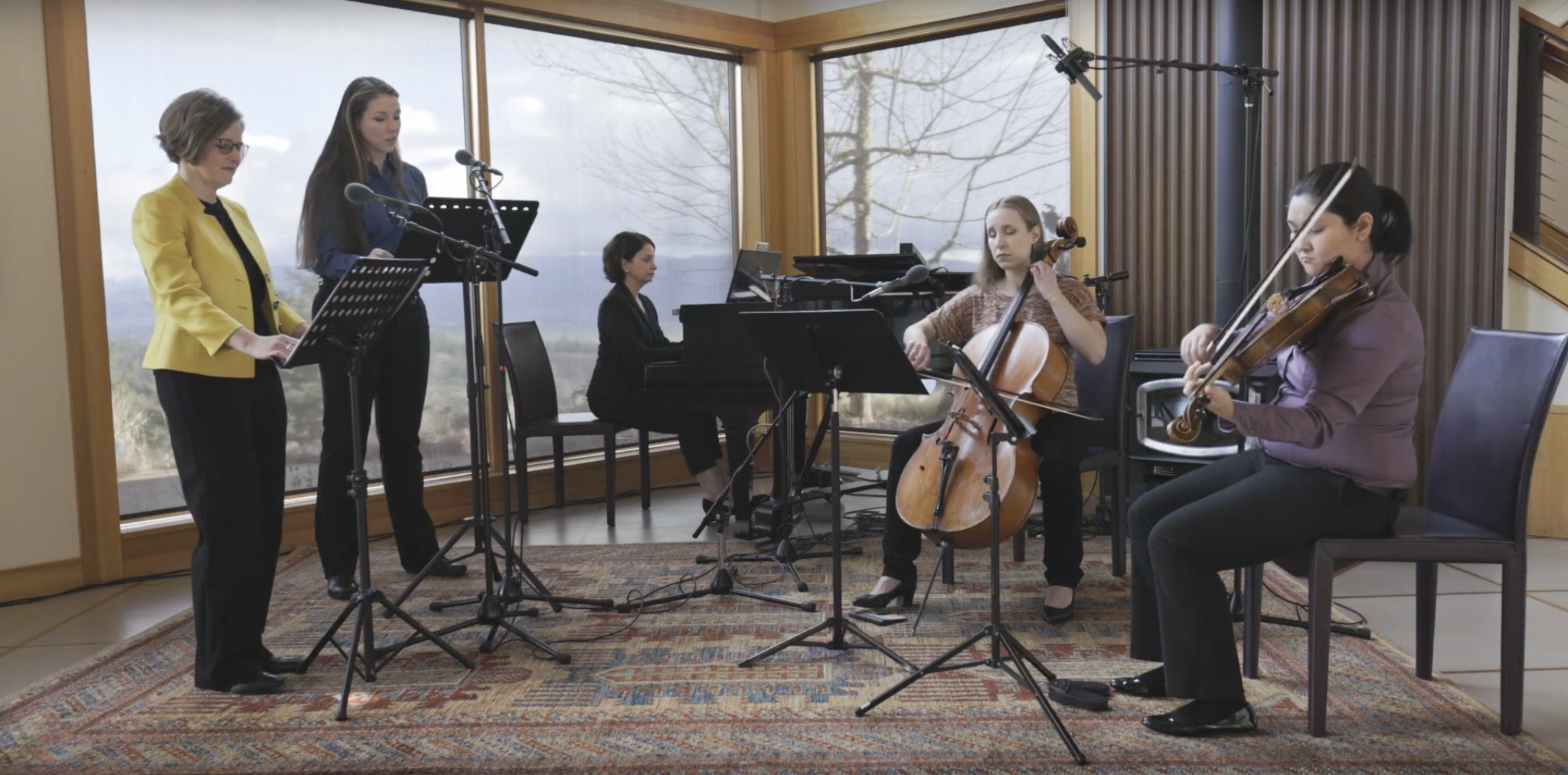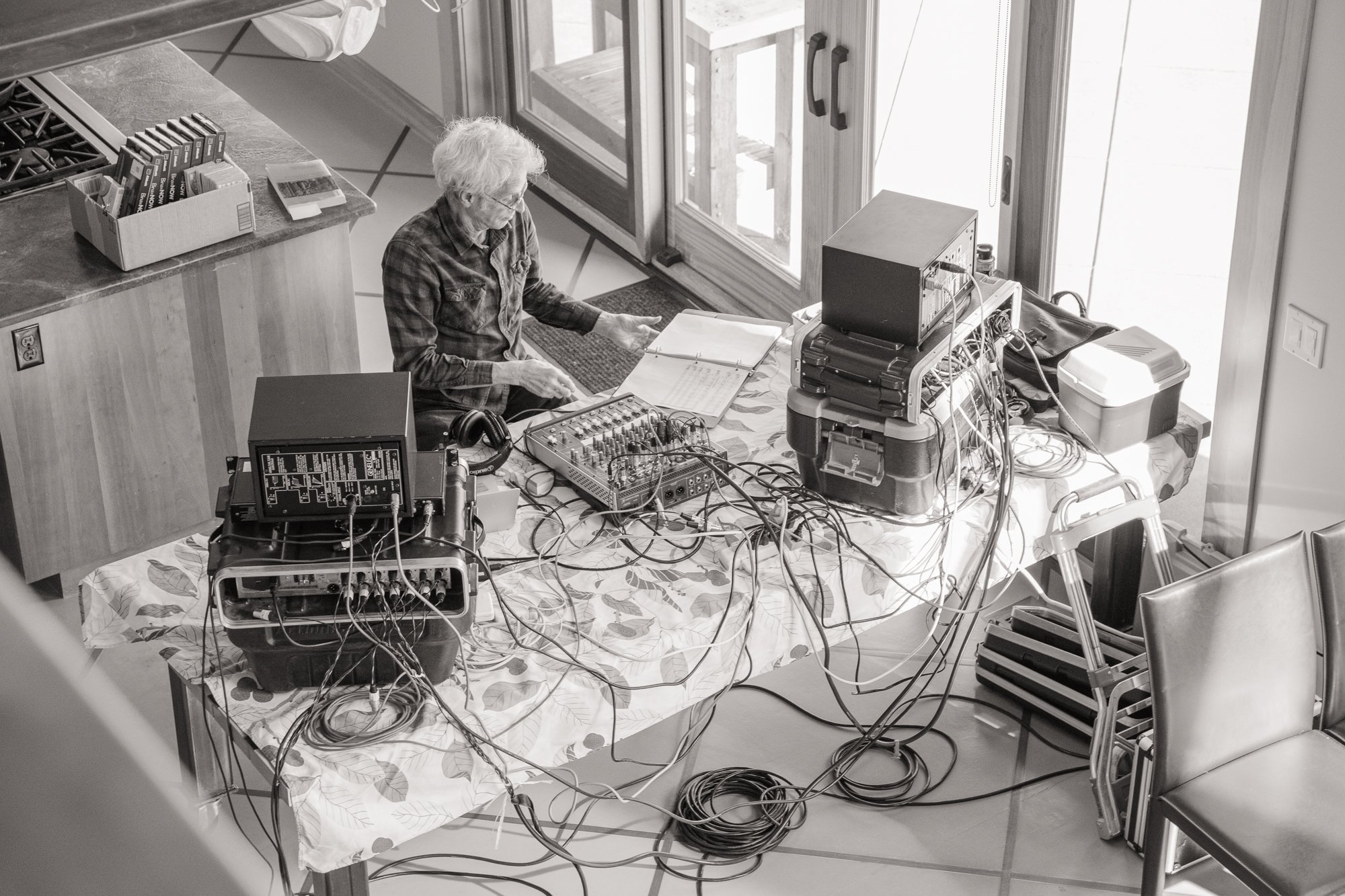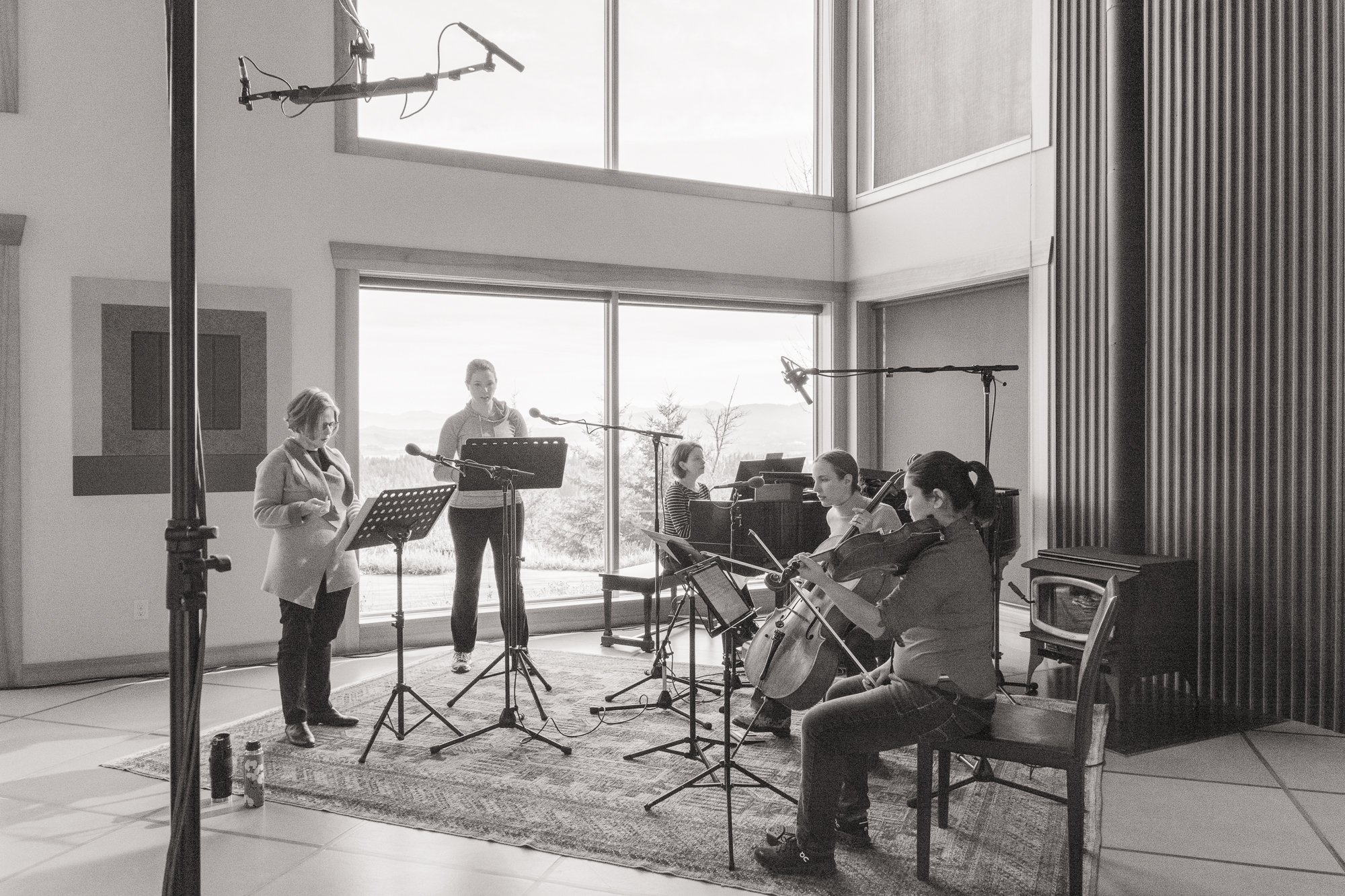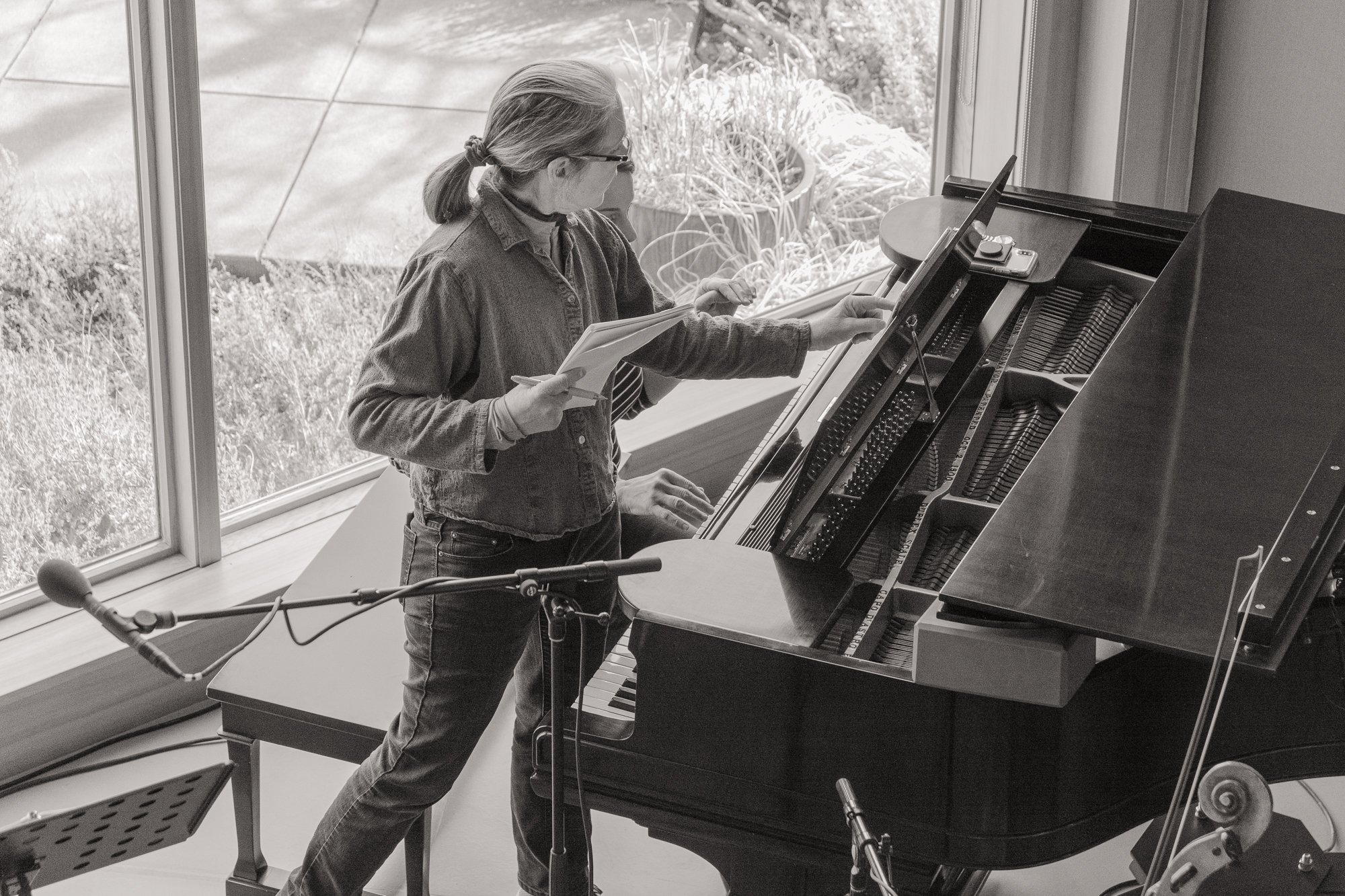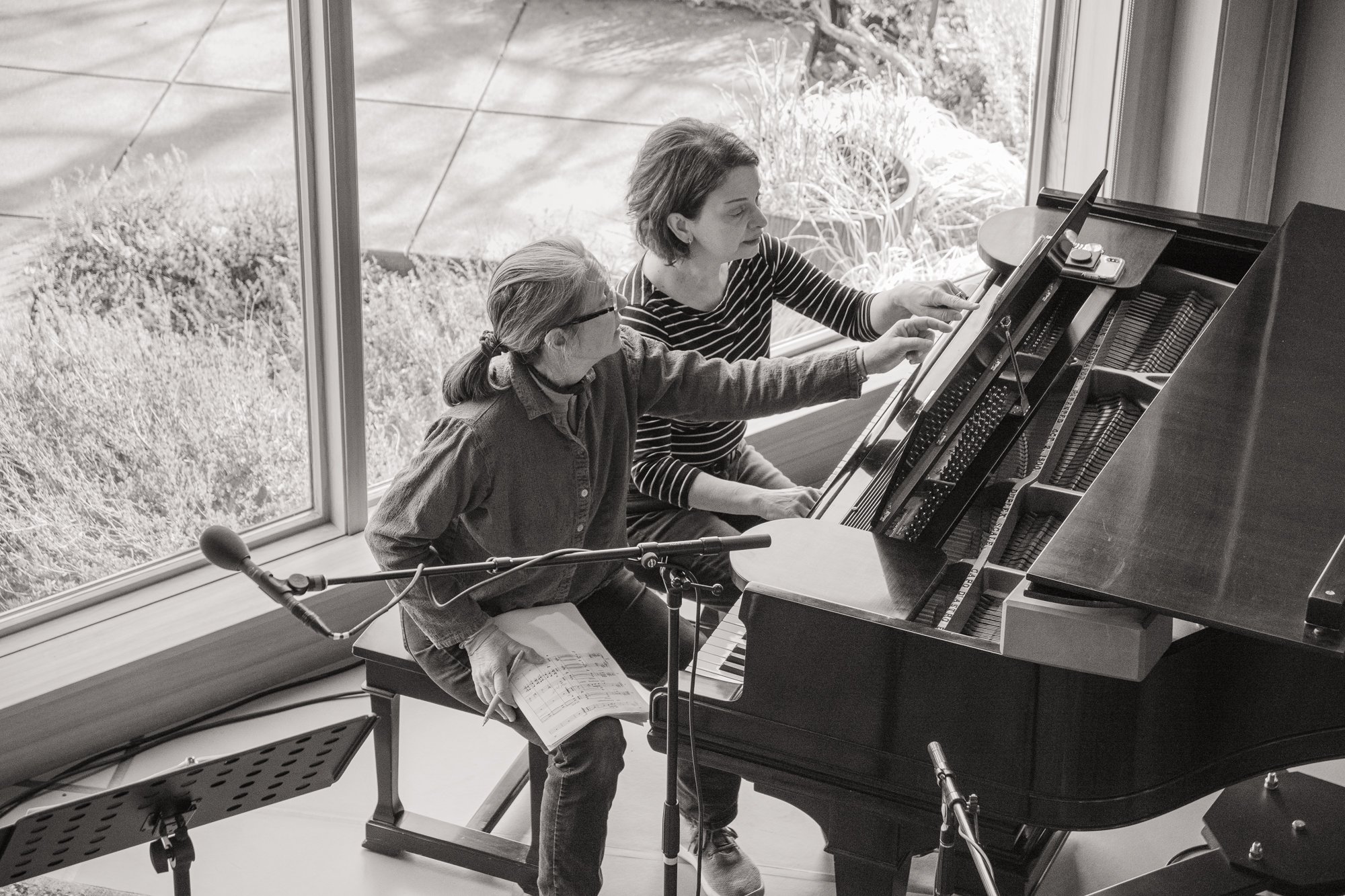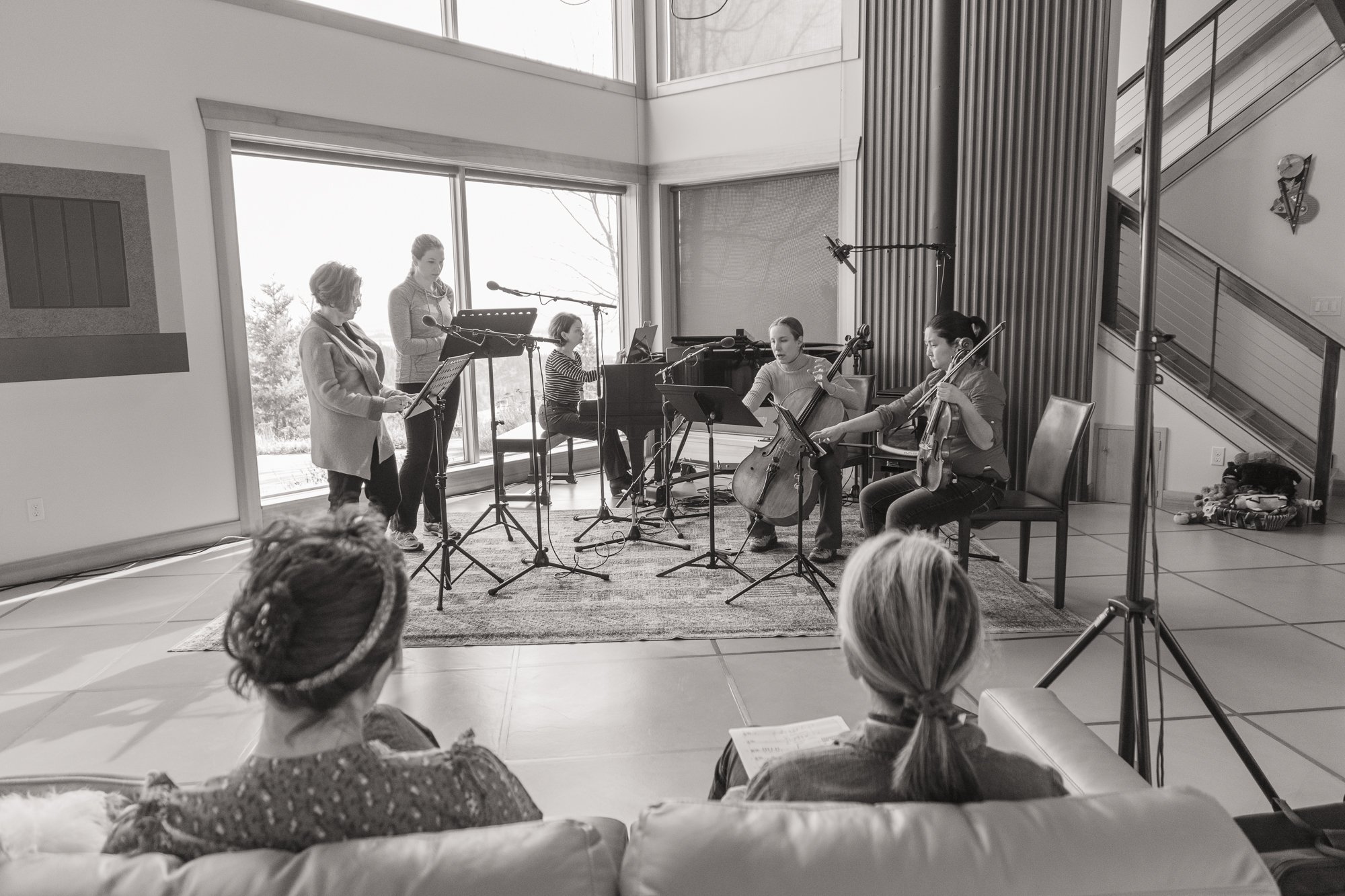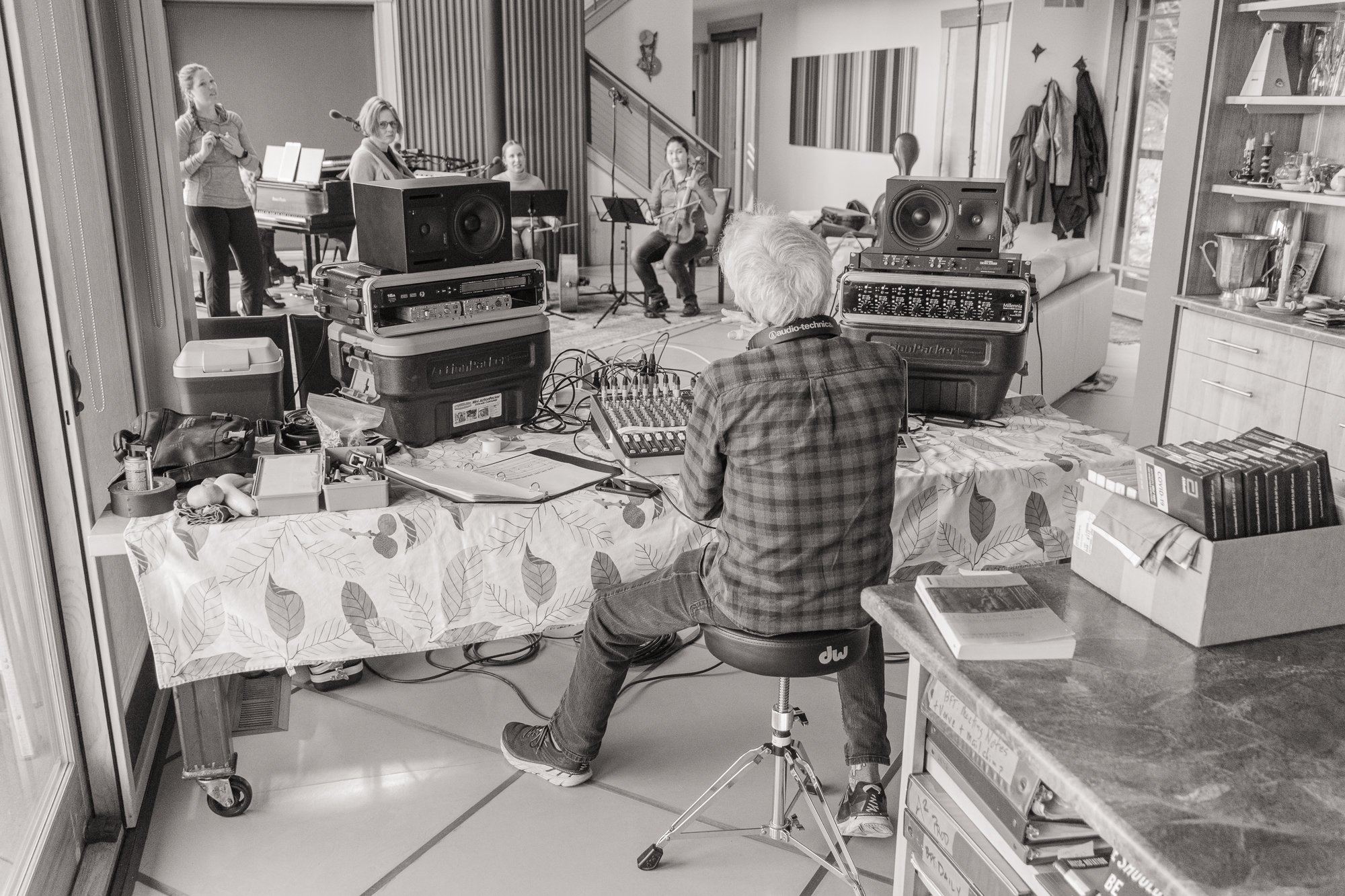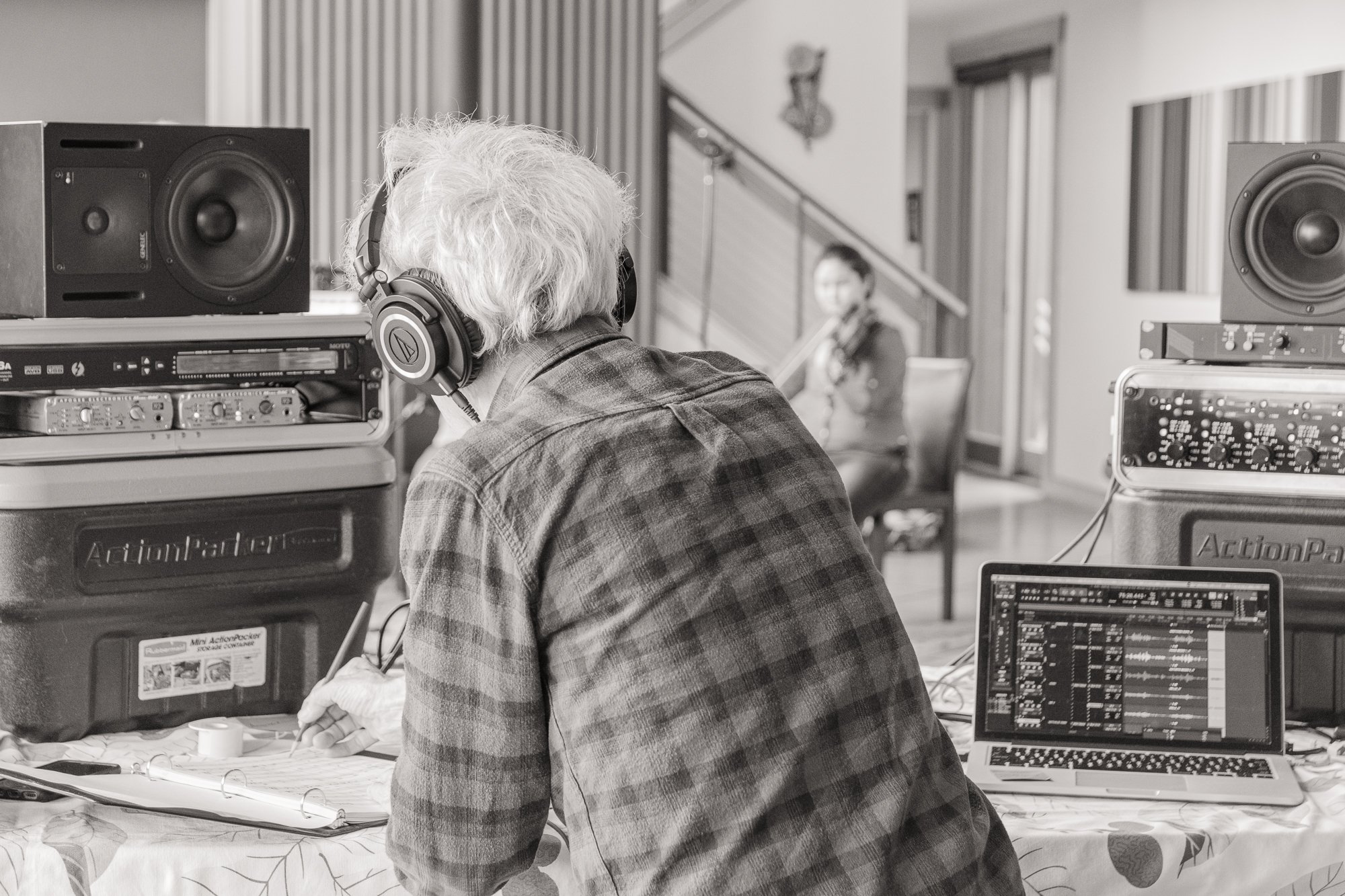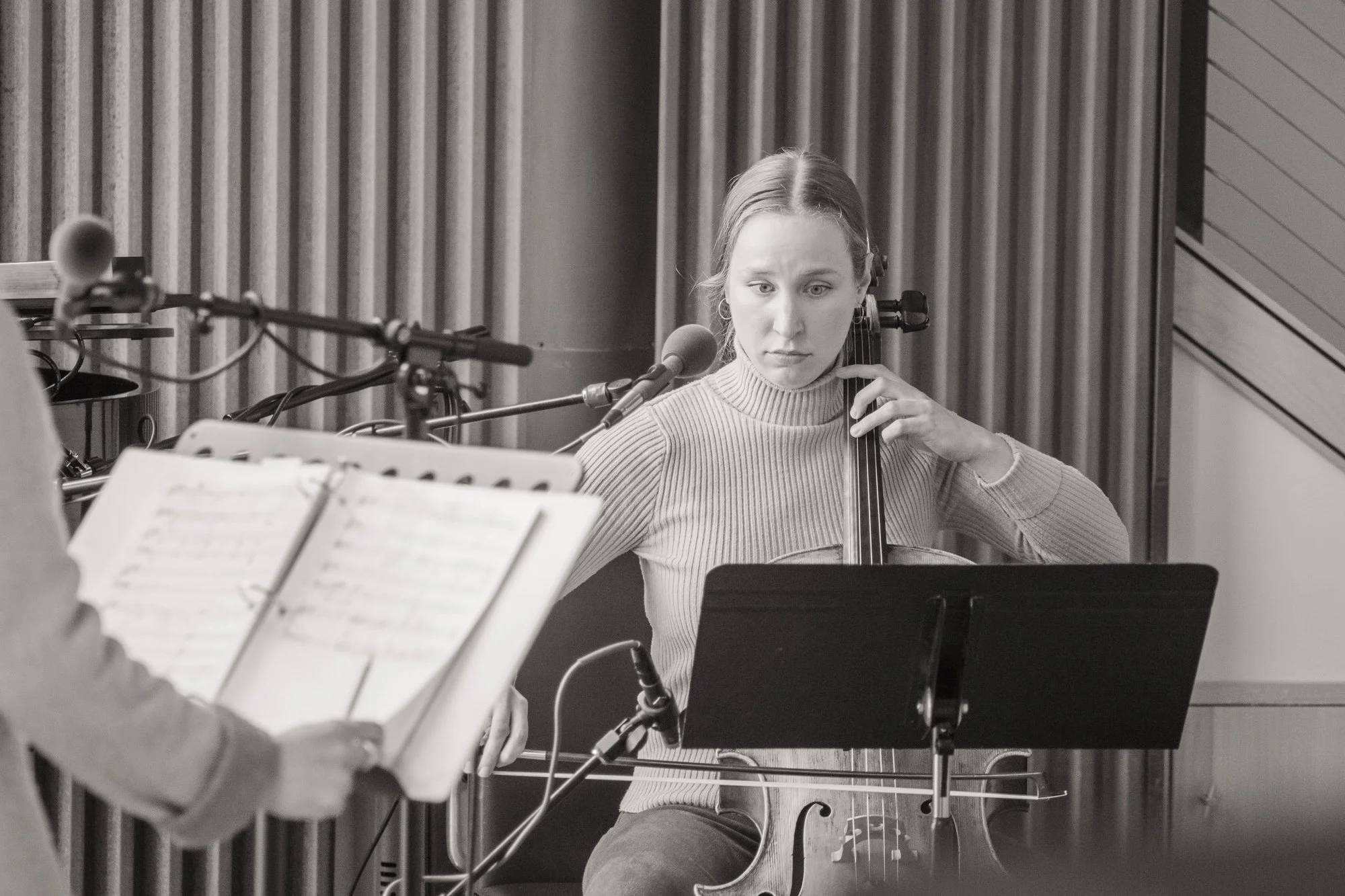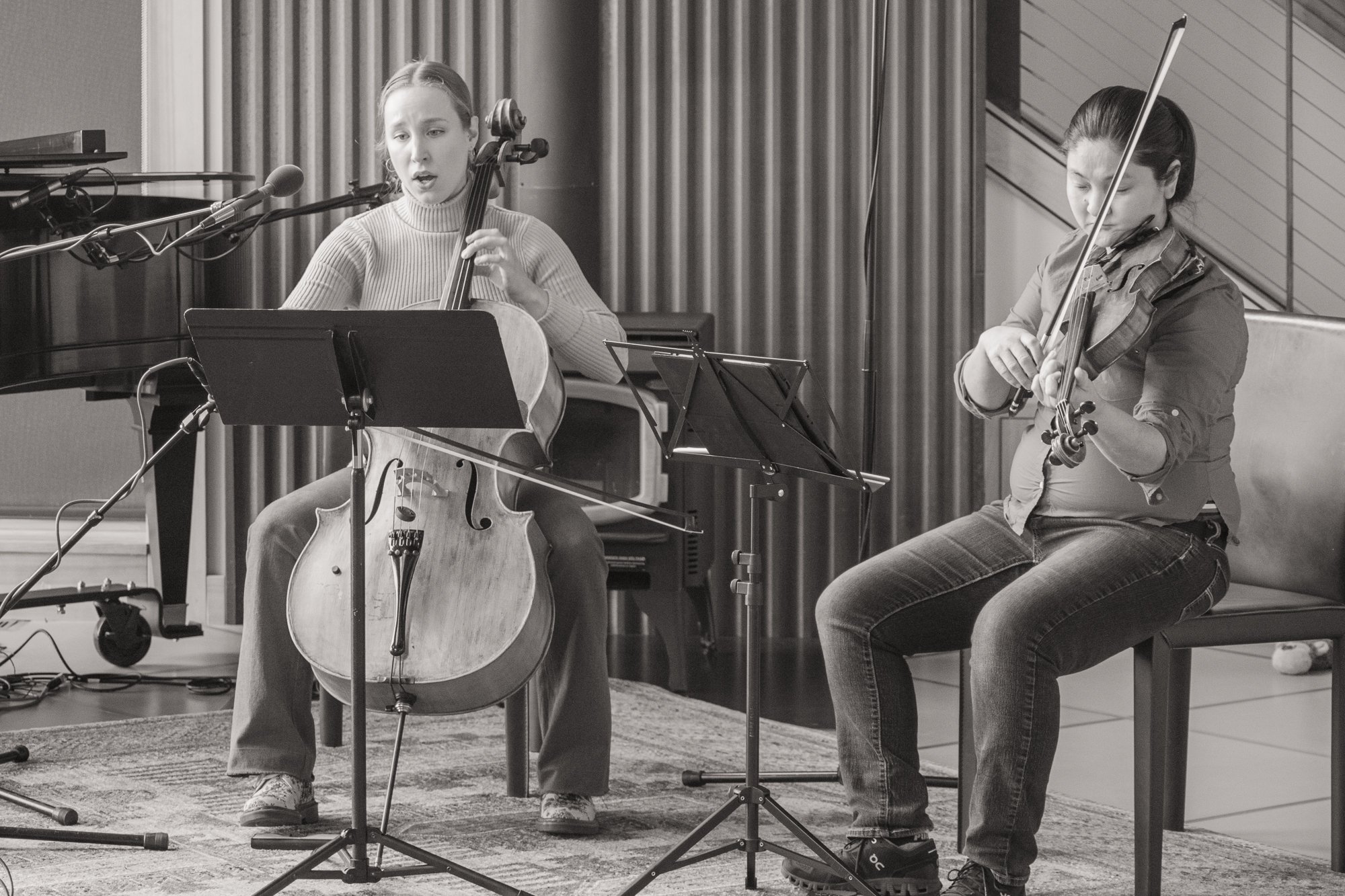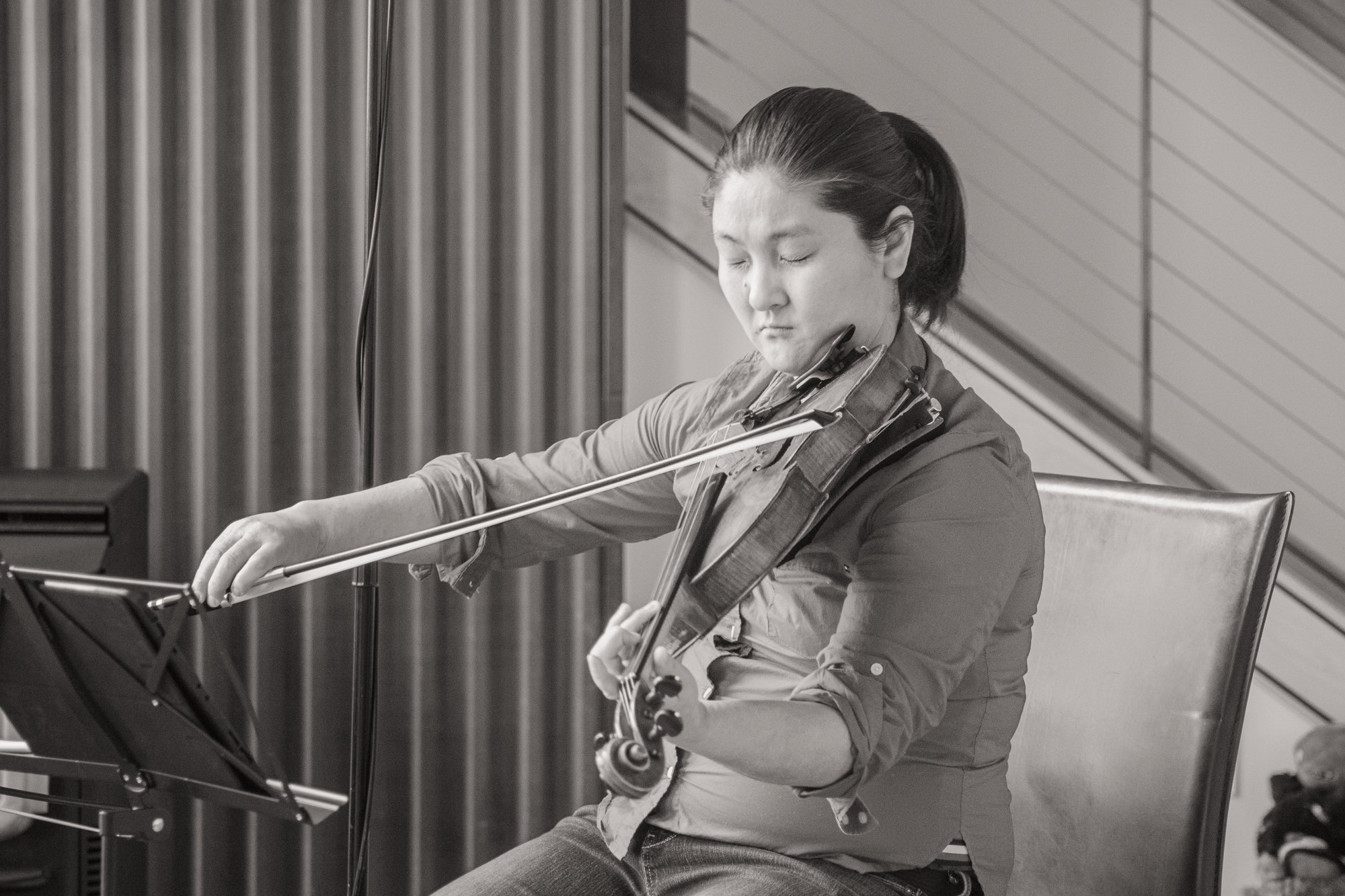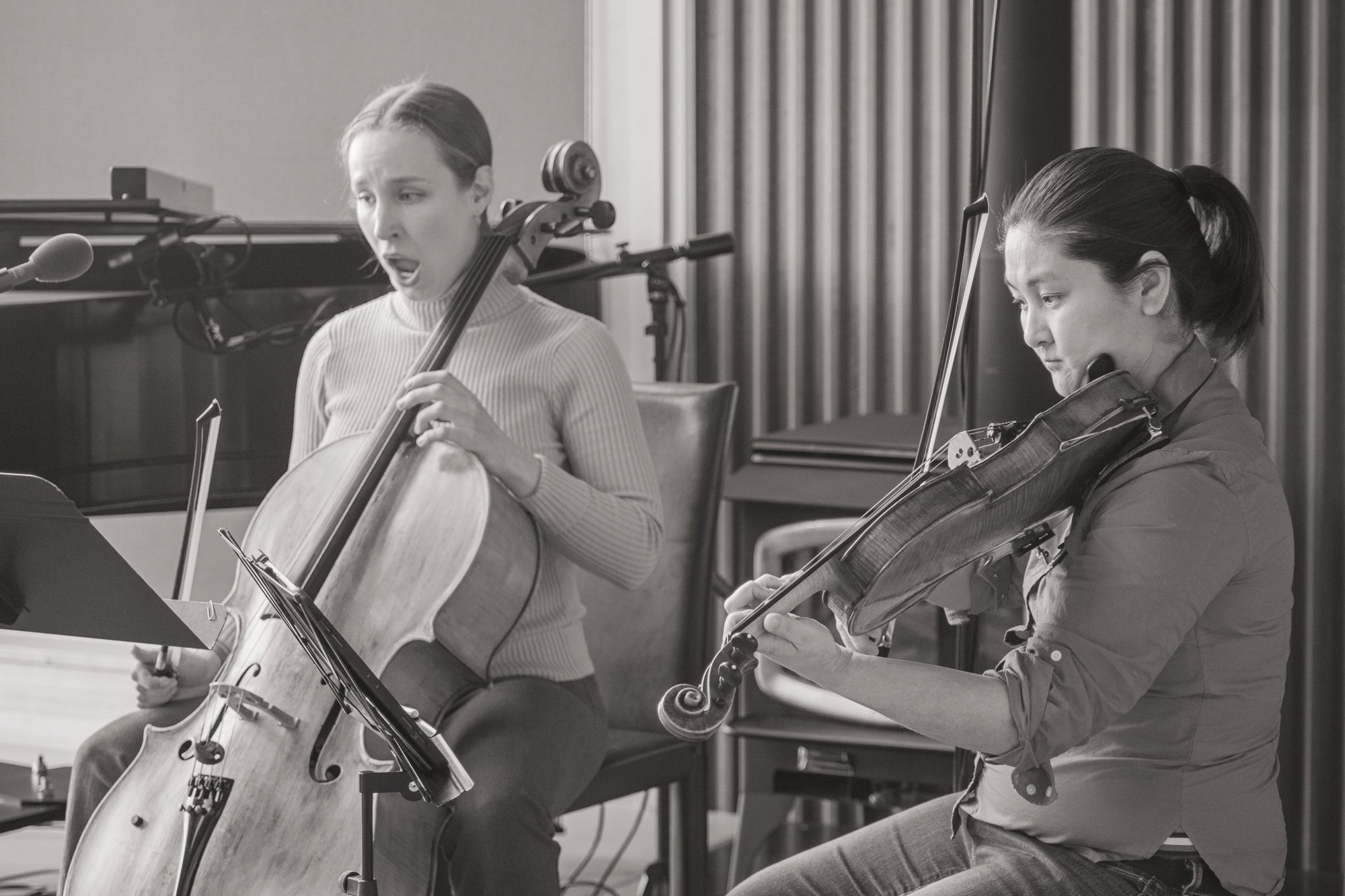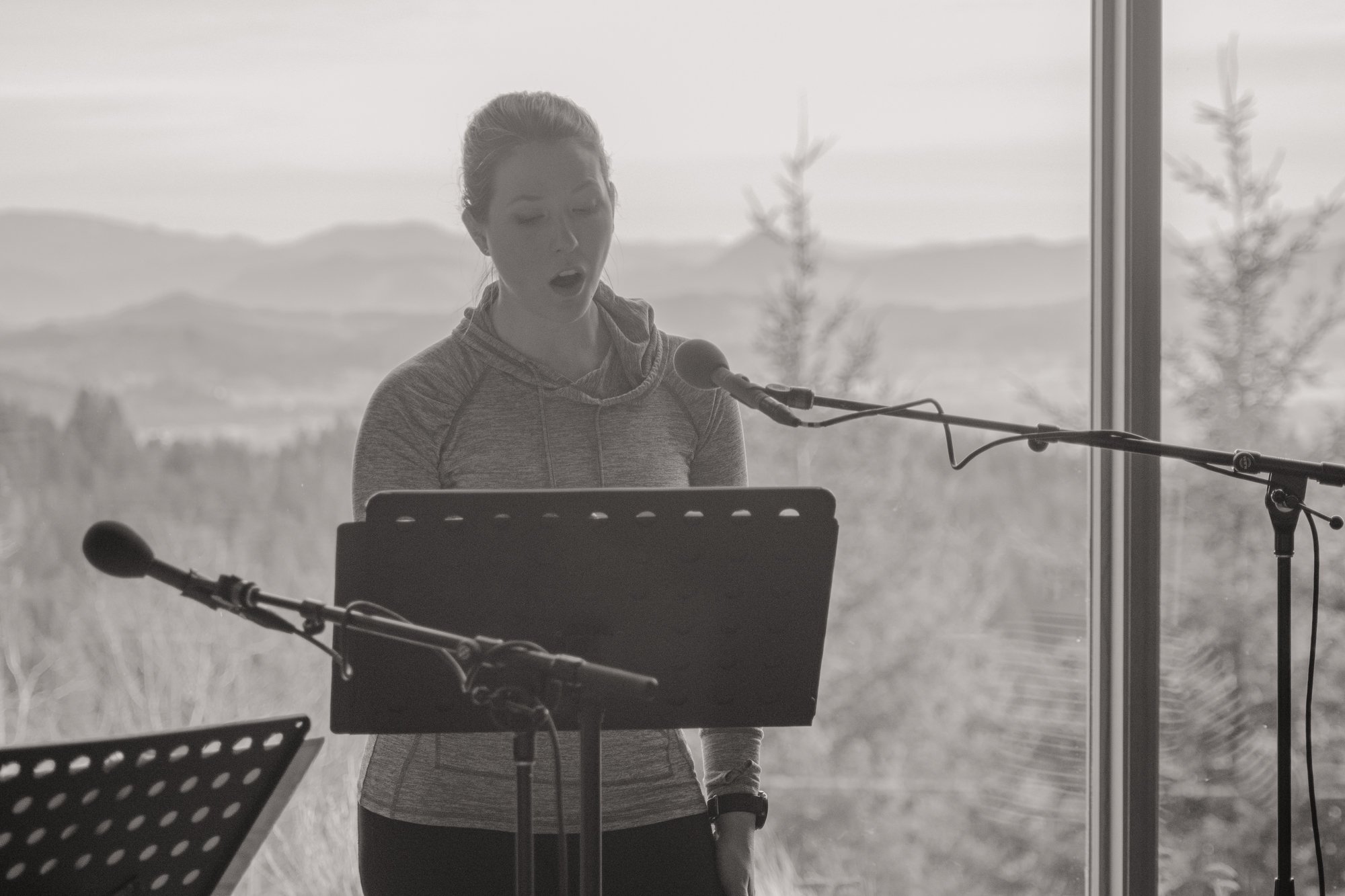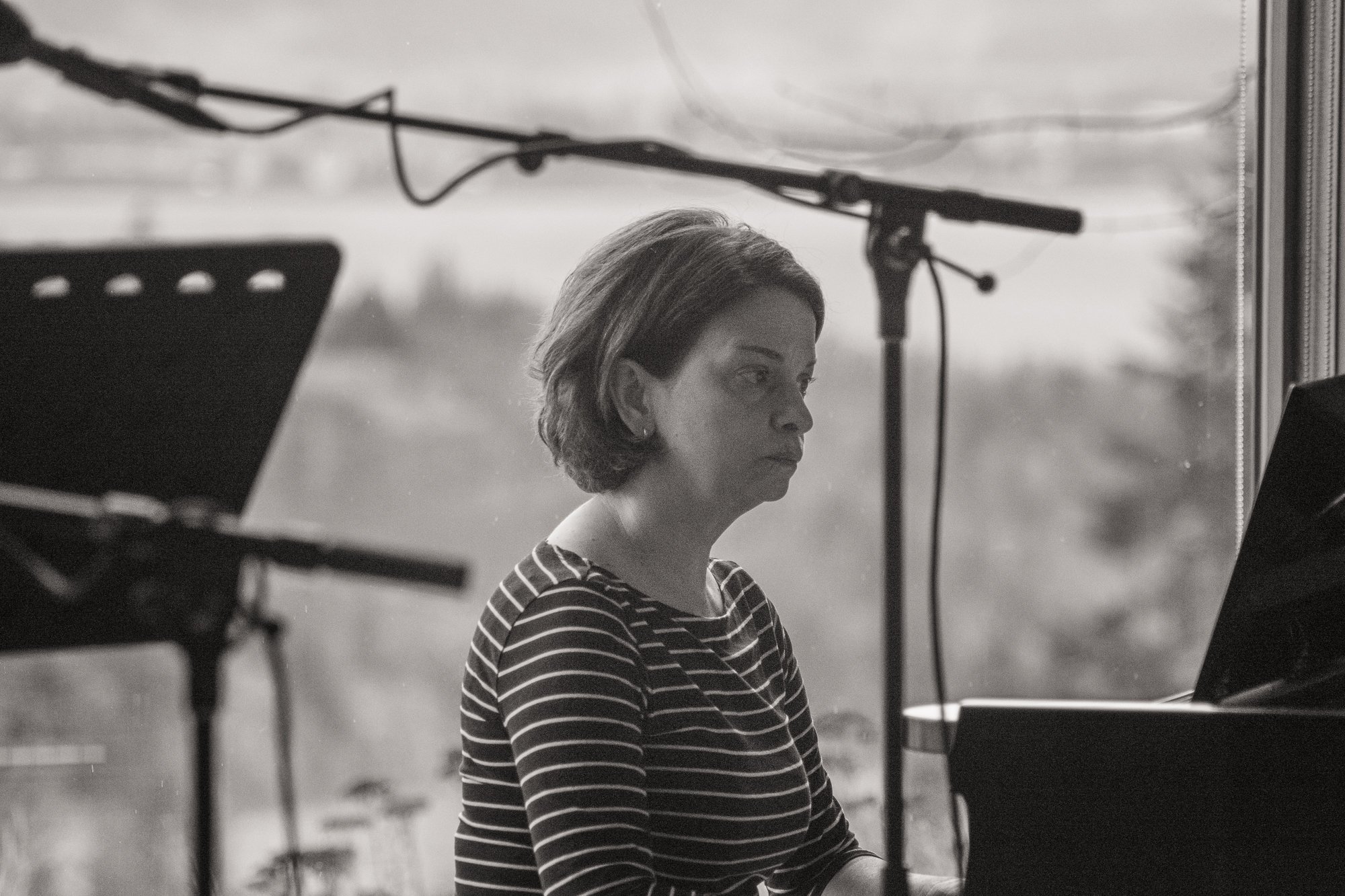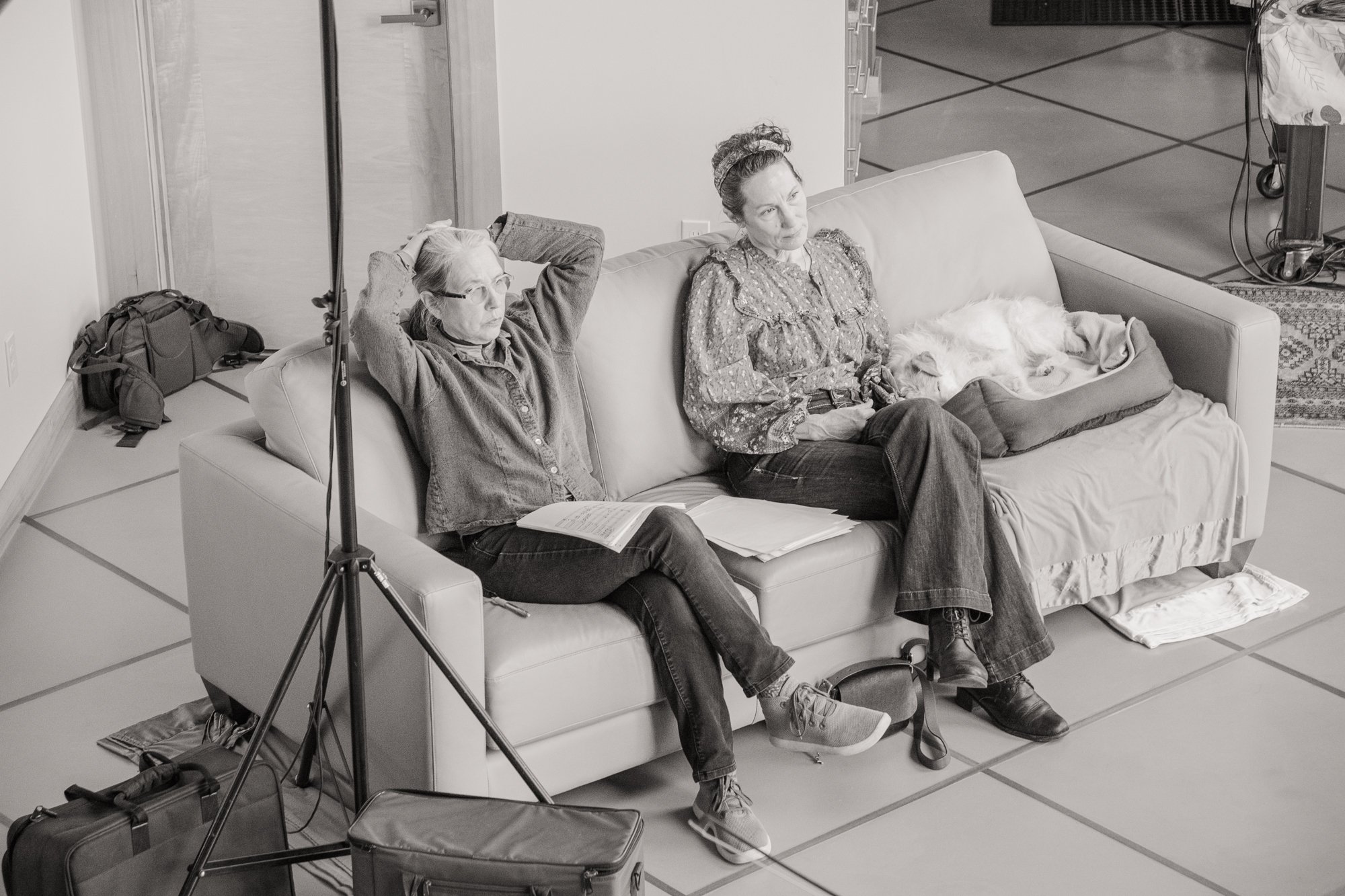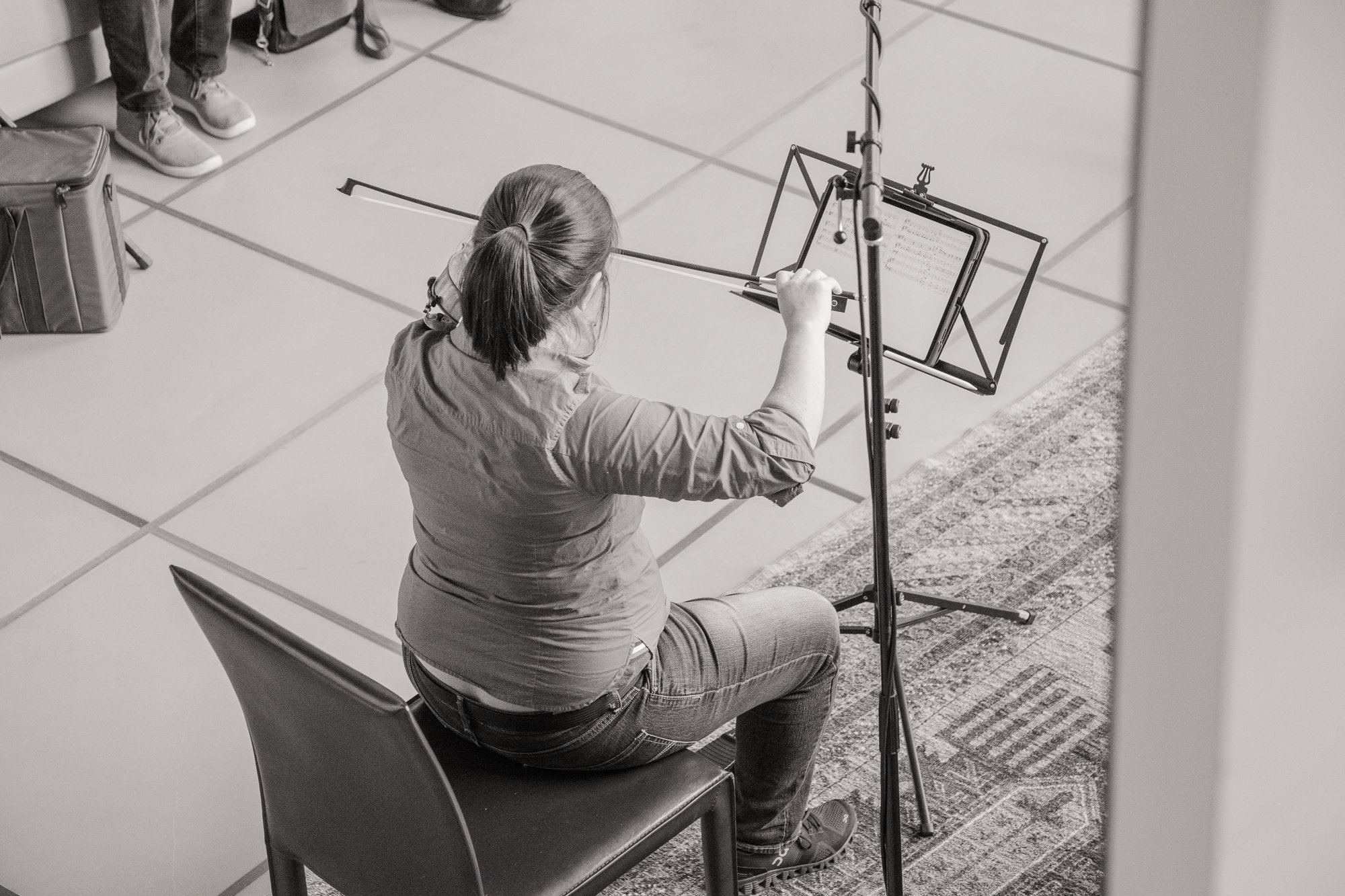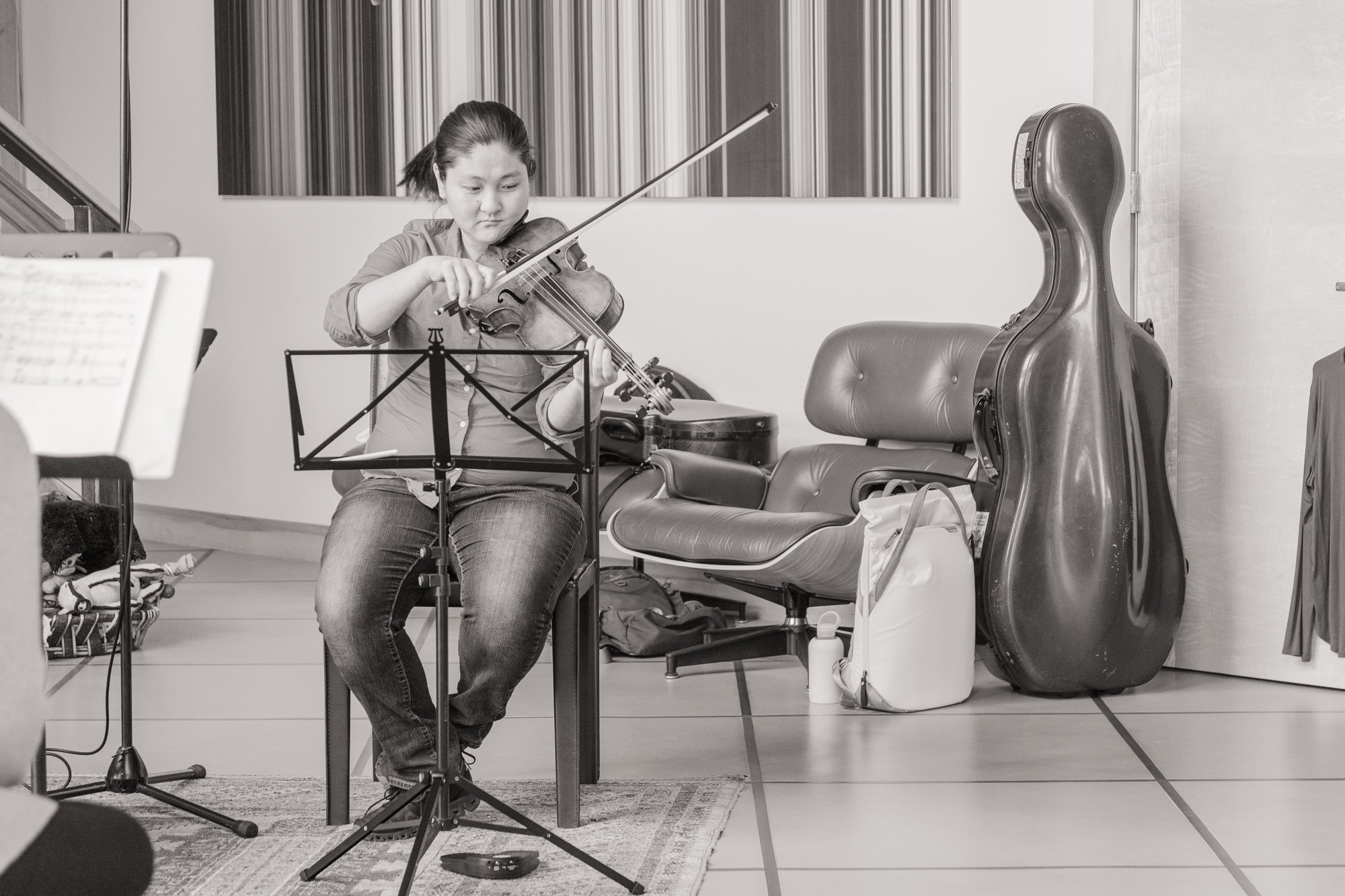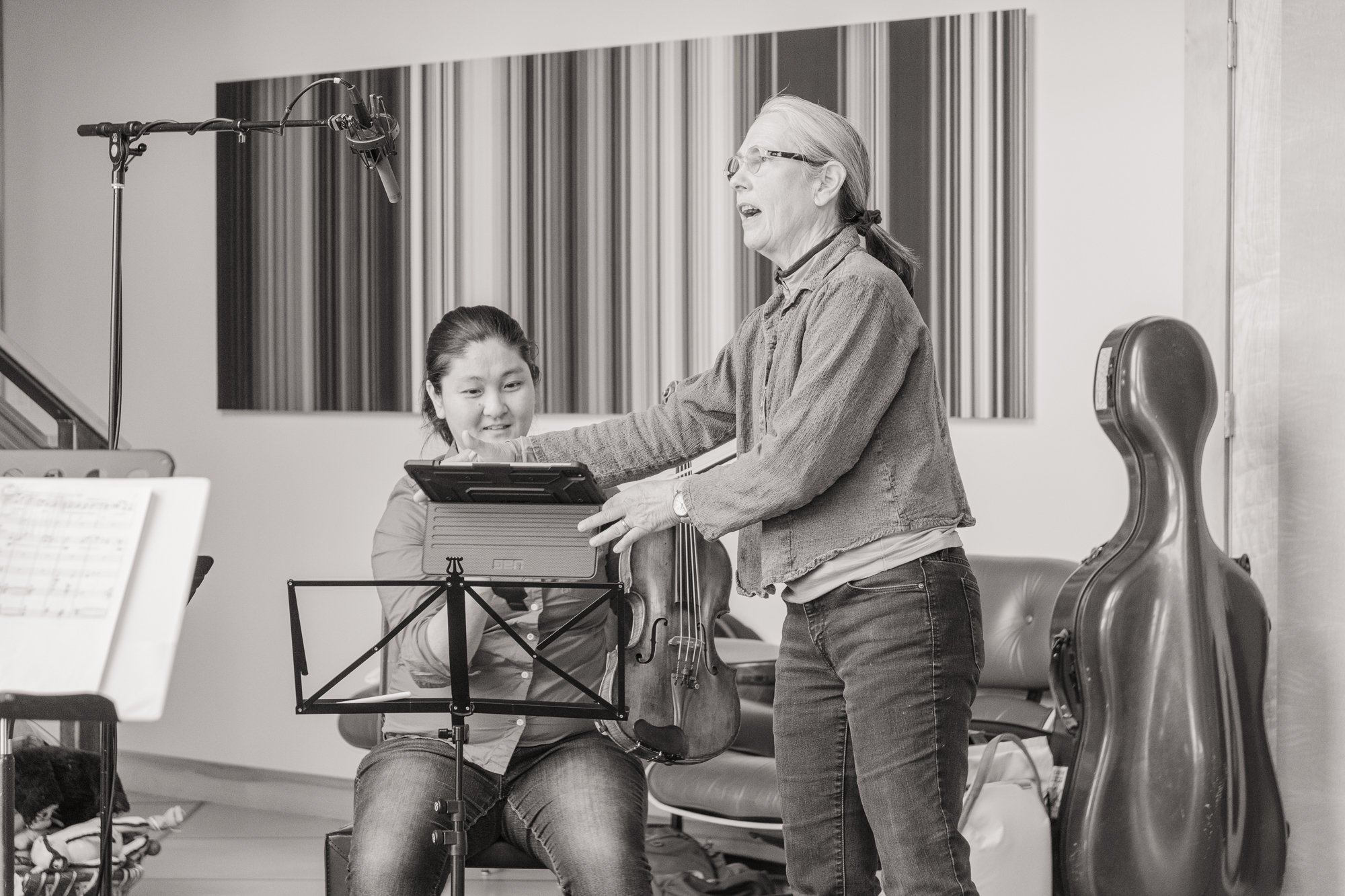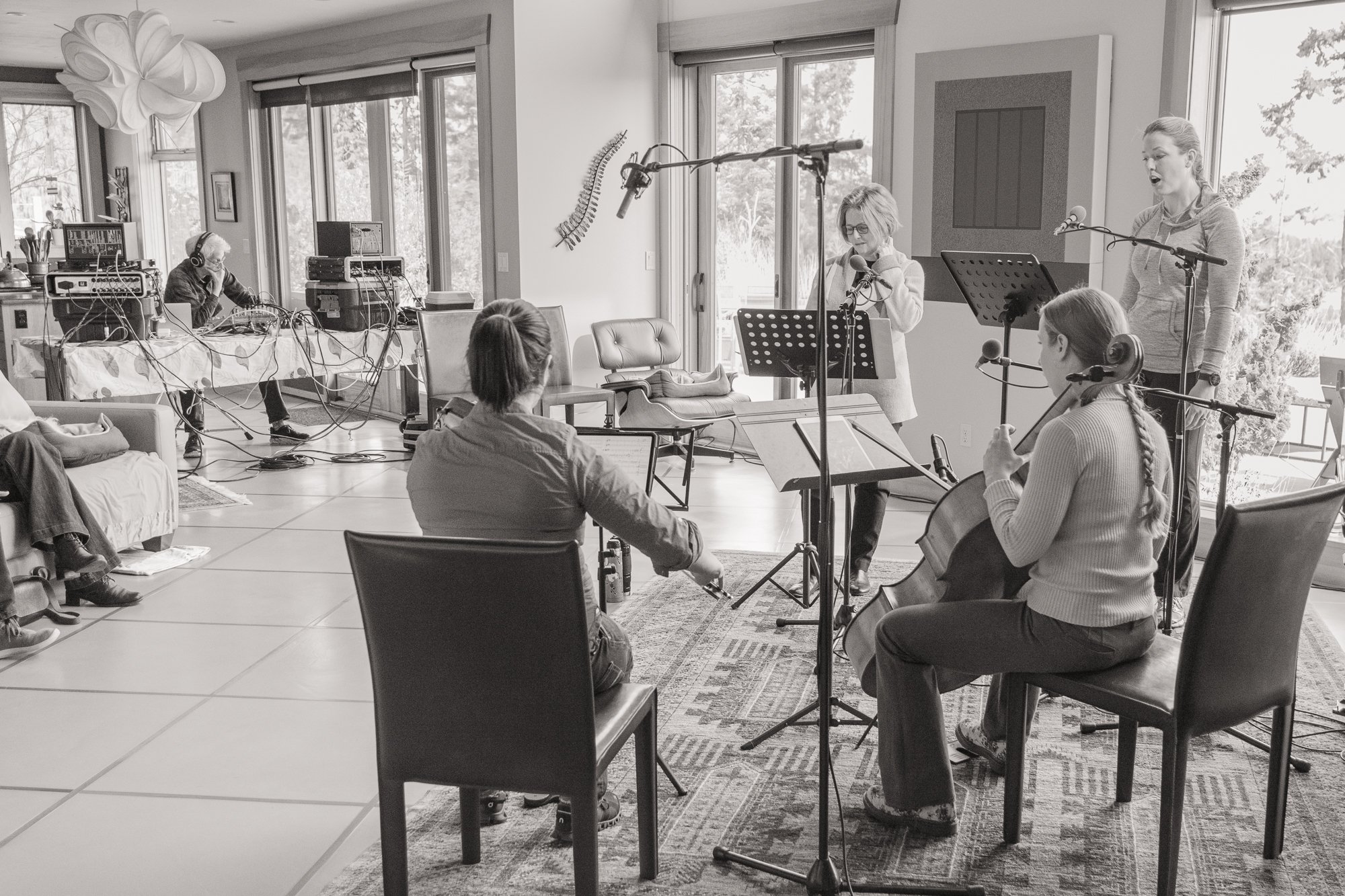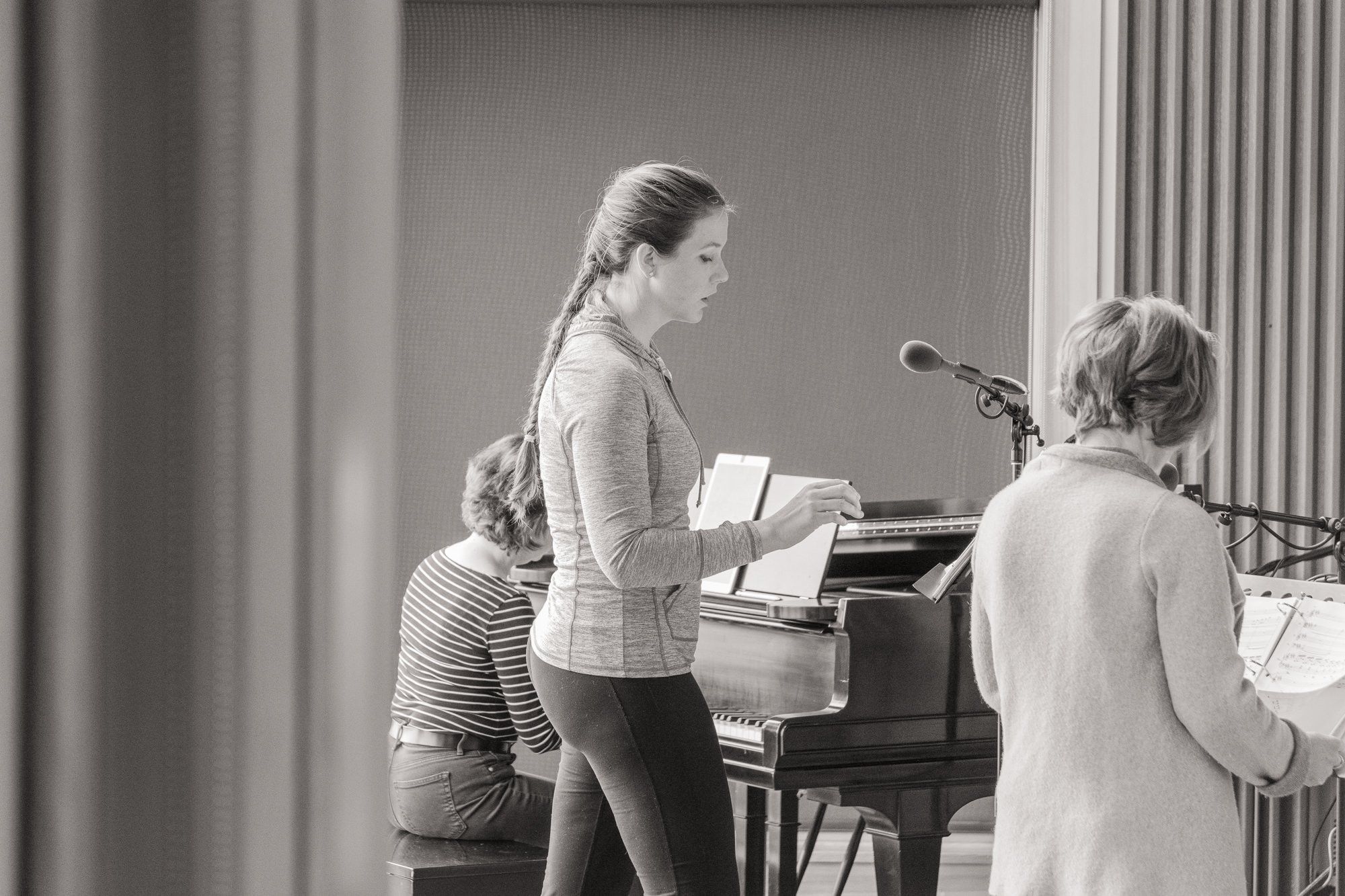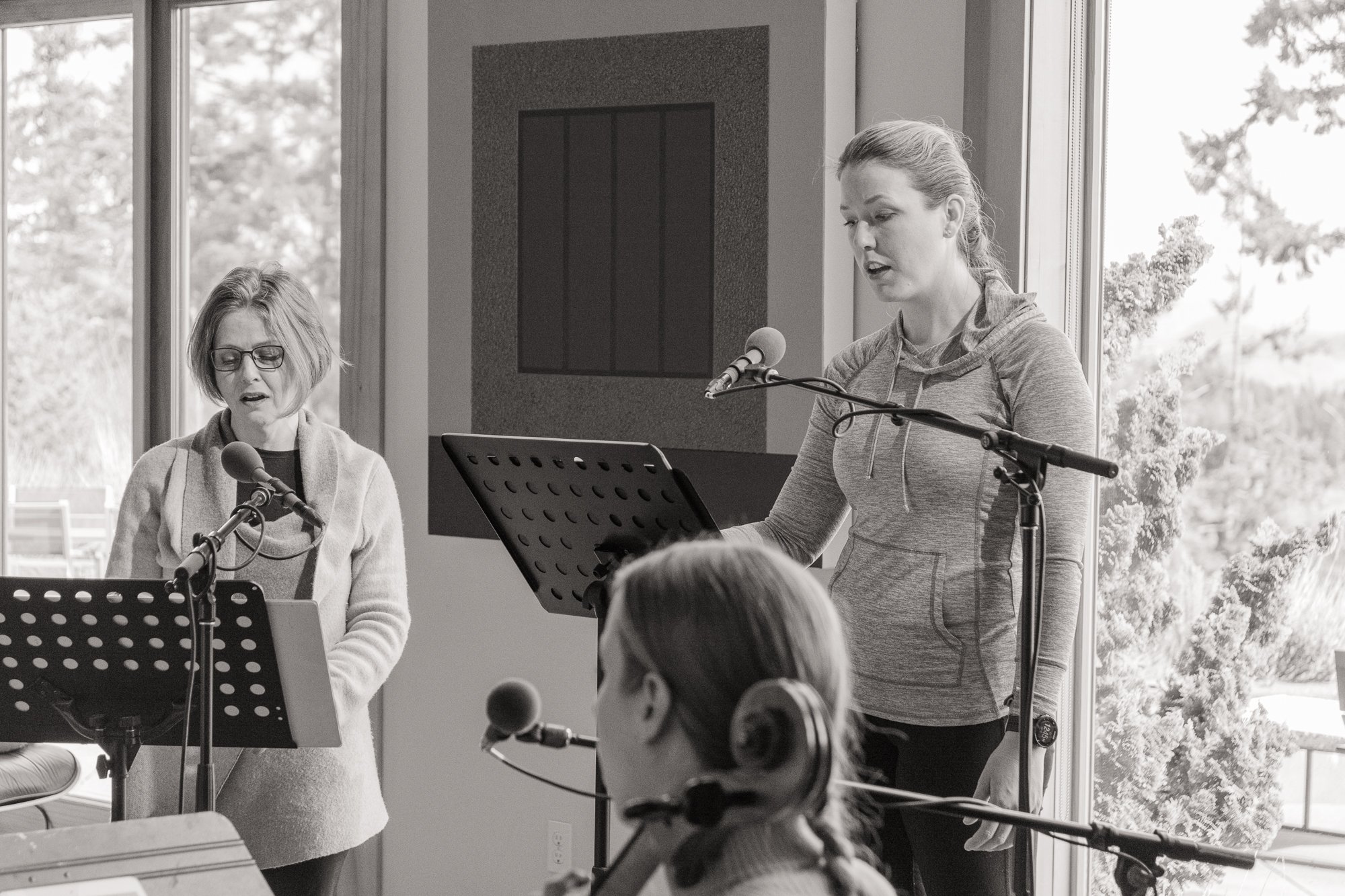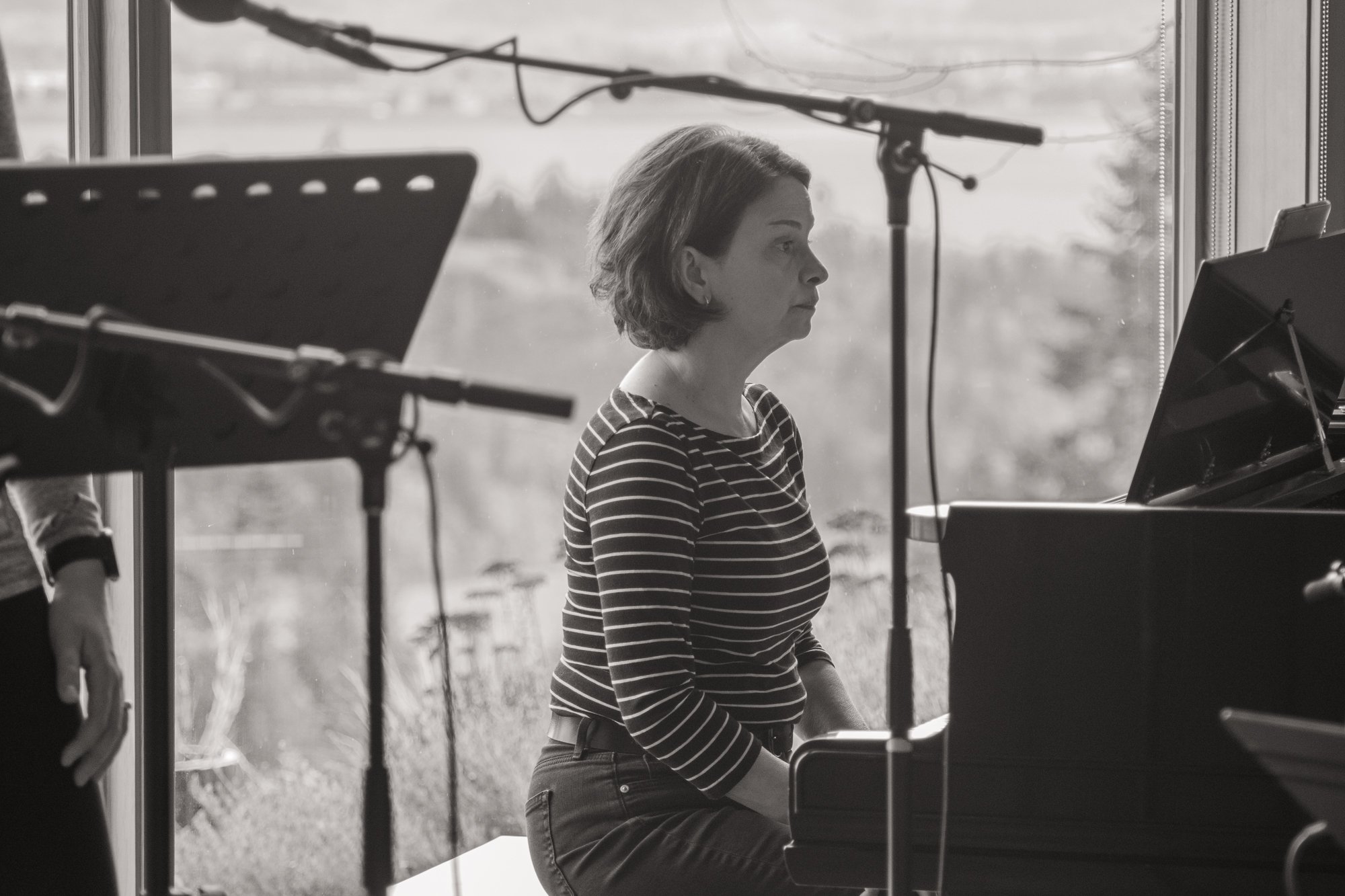Now is the Winter
Gretchen Farrar, Soprano
Paige Carpenter, Mezzo-Soprano
Kathryn Brunhaver, Cello and Mezzo-Soprano
Kimberly Uwate, Viola
Nathalie Fortin, Piano
Anice Thigpen, Composer
Billy Barnett of Gung Ho Studios, Audio Recording
Jeremy Bronson of Bronson Studios, Video Recording
Copyright 2022, A-Squared Productions, LCC
Composer’s Note:
Now is the Winter is inspired by a Sumerian myth about the descent into the underworld by the goddess Inanna and her subsequent rescue and return to the realms of heaven and earth. Years ago in my first study of this myth, I focused on the main characters: Inanna, Queen of Heaven and Earth, and her sister, Ereshkigal, Queen of the Underworld. More recently during the Covid pandemic, I revisited this myth and focused on the minor characters; namely, Ninshubur, a servant, warrior and advisor to Inanna, and two spitballs (see below). Without their compassion and help, Inanna would have been left for dead and unable to ascend from the great below. This song is dedicated to the many Ninshuburs in my life, five of whom performed the music and were inspirations for and co-composers of the work.
Synopsis of the Myth: From the Great Above to the Great Below
Inanna hears her sister and Queen of the Underworld, Ereshkigal, crying and grieving the death of her husband. Even though it is known by all that anyone who descends into the underworld can not return, Inanna feels compelled to descend. As an insurance policy, she instructs Ninshubur, her advisor and warrior, on what to do in case she does not return.
Inanna dresses in her finest regal outfit and begins her journey through the seven gates of hell. At each gate she is stopped by guards. With each stop a message is sent to Ereshkigal who responds by admitting Inanna if she loses an article of clothing or jewelry. By the time Inanna passes through the seventh gate, she is naked. As she approaches the throne of Ereshkigal she is surrounded by the judges of the underworld who pass judgment against her. Ereshkigal looks at her, speaks against her, strikes her and kills her. She then hangs Inanna from a hook on the wall to rot.
After three days, Ninshubur, begins to work on the rescue plan by enacting rituals and getting help from some other gods. She appeals to Enlil and Nanna, who refuse to help, and point out that Inanna knew that no one can return from underworld. However, the god Enki agrees to help. He scrapes dirt from beneath his fingernail, fashions two spitballs, imbues them with the food and water of life, and instructs them to fly though the gates of hell like flies through the crack in a door. “Sit at the feet of Ereshkigal and when she cries, you cry.”
Ereshkigal responds to the spitballs’ sounds of compassion, stops crying and finds them near her feet. She is very grateful to them and offers them both the gift of water and the gift of grain. The refuse each offering. Finally she asks, “What do youwish?” They answer, “We wish only the corpse that hangs from the hook on the wall.” They are given permission to revive Inanna.
Inanna is allowed to ascend under the condition that another replace her in the great below. Guards accompany her to insure that a replacement be found and delivered. Ninshubur is the first person they encounter following the ascent. The guards attempt to take her, but Inanna intervenes. “No! Ninshubur is my constant support….Because of her my life was saved. I will never give Ninshubur to you.”
Ultimately a substitute for Inanna in the underworld is found. Following a negotiation with Ereshkigal, Inanna’s replacement is required to spend six months of each year in the great below. In Sumerian mythology, these months become the winter
behind the scenes:

